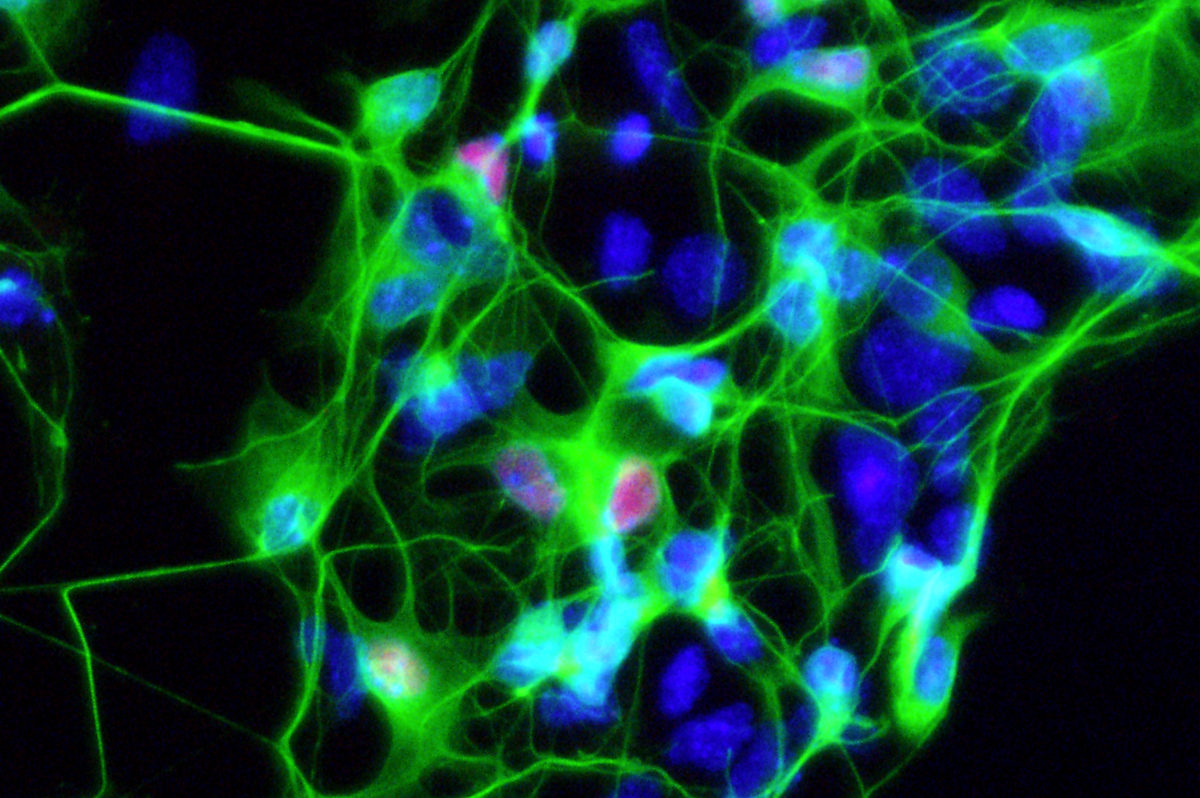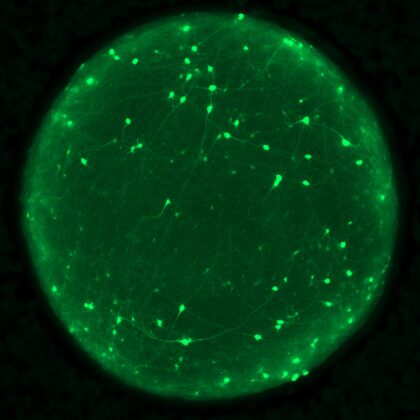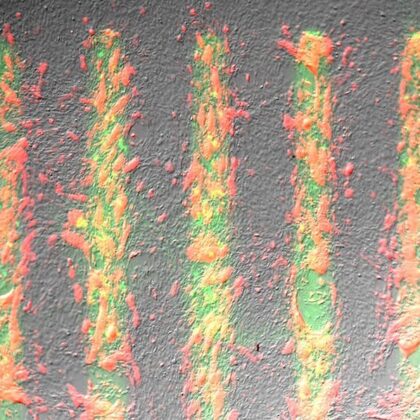Overview
USC Stem Cell scientists are advancing our understanding of how the body develops, maintains and repairs the brain, nerves and senses. They are using stem cells to find new regenerative therapies for conditions including Alzheimer’s disease, neurodegenerative diseases, brain tumors, hearing loss and vision loss.
Statistics
- Alzheimer’s disease is the sixth leading cause of death in the US. An estimated 5.5 million Americans are living with Alzheimer’s disease.
- ALS, or Lou Gehrig’s disease, causes progressive paralysis and usually results in fatal respiratory failure within three to five years of diagnosis.
- Brain tumors are the most common cancer and leading cause of cancer-related death in children fourteen years and younger.
- Twenty percent of Americans—or 48 million people—report some degree of hearing loss.
- More than 20 million Americans report some degree of vision loss.







































